Positive pet behaviour refers to activities and habits displayed by pets that are desirable and provide a peaceful living environment. These behaviors include following directions, using litter boxes properly, associating with people and other animals, and expressing affection without hostility. Understanding these behaviors is critical for pet owners because it builds the groundwork for a strong and healthy bond between the animal and its owner. Understanding why pets act the way they do allows owners to better address behavioral concerns, encourage positive habits, and ensure their dogs enjoy happy, stress-free lives.
Natural Behaviors of Common Pets
Each species of pet has a unique set of natural characteristics that owners must understand in order to promote positive behavior.
Dogs
Dogs are fundamentally sociable animals that want companionship and order. They naturally display activities including as barking, digging, and chewing, which may be controlled with adequate training and excitement. Understanding these tendencies can help owners direct their dogs’ energy toward good activities such as fetch or agility training.
Cats
Cats are solitary and territorial creatures. They engage in activities including as scratching to establish their territory and hunting impulses, which might emerge as play. Scratching posts and interactive toys can help refocus cats’ natural habits in a good direction, keeping them interested and content.
Small Mammals
Pets such as rabbits and guinea pigs exhibit distinct activities such as digging and chewing. These habits are essential for their mental and physical health. Offering suitable outlets, like as digging boxes and chew toys, can assist to meet these demands and promote constructive behavior.
Birds
Birds are clever and gregarious creatures that need mental stimulation and connection. Natural activities include singing, imitating noises, and foraging. Providing enrichment through toys, puzzles, and social engagement is vital for reducing undesirable habits like feather plucking or excessive yelling.
Benefits of Positive Pet Behaviour
Fostering excellent behavior in dogs offers several benefits both for the pet and the owner.
Improve Bond with Your Pet
Positive pet behavior training increases the link between pets and their owners. When pets are well-behaved and understand what is expected of them, they are more likely to trust and feel safe around their owners. This mutual understanding and trust create the cornerstone of a good, loving partnership.
Better Obedience and lessons Outcomes
Pets who are trained utilizing positive reinforcement methods tend to learn quicker and remember their lessons better. Positive reinforcement, which rewards desired actions with prizes, praise, or play, encourages pets to repeat those behaviors. This strategy not only promotes compliance but also makes the training process fun for the pet, resulting to more consistent and trustworthy conduct.
Principles of Positive Reinforcement
Positive reinforcement is based on the fundamental concept of reward-based training. When a pet exhibits a desirable behavior, it is quickly followed with a reward, such as a treat, verbal praise, or playing. This quick reward teaches the pet that the exact activity is what resulted in the pleasant consequence.
Positive reinforcement is built around the idea of rewarding desired behaviors. For example, if a dog sits on order, giving it a reward instantly reinforces that behavior. Over time, the dog learns that sitting on command results in a treat, so it is more likely to sit when asked.
Consistency and Timing: Positive reinforcement is most effective when it is consistent and timely. To ensure that the pet understands the relationship between the behavior and the incentive, the reward must be provided immediately following the desired behavior. Consistency in praising the action every time it occurs is also crucial since it helps the behavior become a habit.
Examples Of Positive Reinforcement
Positive reinforcement may be administered in a number of methods, each tailored to the pet’s preferences and goals. Treats and snacks are one of the most popular types of positive reinforcement. These can be especially successful since they offer a concrete and immediate reward.
Verbal praise, such as saying “good boy” or “good girl,” may be quite effective, especially when paired with a positive tone of voice and passionate body language. Pets frequently desire their owners’ approval and affection, so verbal praise may be an effective incentive.
Playtime and petting
For pets who are strongly driven by play or affection, these can be wonderful incentives. Engaging a pet in their favorite pastime or providing additional stroking and cuddling after they demonstrate positive behavior can successfully reinforce that habit. For example, a cat who utilizes its scratching post may be rewarded with a delightful play session with a favorite toy.
Basic Pet Training Techniques to Encourage Positive Pet Behavior
Training dogs is vital for creating a peaceful and joyful living environment. Proper training teaches pets what is expected of them and enhances the link between pet and owner. Basic training approaches can help to resolve common behavioral concerns, increase safety, and improve the overall quality of life for both dogs and their families. This guide gives an introduction of essential dog, cat, small mammal, and avian training methods, as well as practical training recommendations.
Body Training Dogs
Training dogs is giving them fundamental commands that ensure proper conduct and safety. These basic commands are required for good communication between owner and dog.
Sit
Teaching a dog to sit is one of the most basic and important commands. Start by holding a reward close to the dog’s nose, then raise your hand, allowing their head to follow the treat and their bottom to descend into a sitting posture. Once they’ve sat, give them the treat and praise them. Repeat this procedure until the dog can sit on demand without the enticement of a treat.
The stay command is vital for keeping a dog in place. Start by asking your dog to sit. Then, extend your palm and say, “Stay.” Take a few steps back and then return to your dog, rewarding them for keeping there.
Come
This command is critical for returning your dog to you. Begin by putting a leash on your dog and kneeling down to their level. Say “come” and gently tug the leash. When the dog approaches you, offer them a reward and praise. Practice in a variety of situations to ensure that your dog responds consistently.
Heel
This arrangement ensures that your dog walks close to you. Start with your dog on a leash and standing at your side. If your dog begins to pull ahead, stop walking and wait for them to return to your side. Reward them when they are in the appropriate posture.
Training Cats
Training cats entails encouraging actions that make living together more enjoyable and avoiding undesirable tendencies.
Litter Box Training
Cats use litter boxes intuitively, therefore litter box training is usually simple. Place the litter box in a calm, accessible area. Show your cat where it is and put it in after meals or naps to promote use. Keep the box clean so your cat may continue to utilize it.
Scratching Posts
To keep cats from scratching furniture, give them with scratching posts. Place the posts in places where your cat likes to scratch. Encourage them to utilize the posts by rubbing catnip on them or playing with toys nearby. Reward your cat with food or praise when they utilize the scratching post.
Positive Pet Behaviour Training in small mammals and birds
Understanding the distinct behaviors and motivations of tiny animals and birds is essential for training.
Litter Training for Rabbits
Rabbits may be litter trained much like cats. Place a litter box inside the rabbit’s cage or play area. Initially, place some rabbit droppings in the box to indicate its function. Encourage your rabbit to use the box by placing them in it on a regular basis, particularly after meals.
Litter Training for Rabbits
Rabbits may be litter trained much like cats. Place a litter box inside the rabbit’s cage or play area. Initially, place some rabbit droppings in the box to indicate its function. Encourage your rabbit to use the box by placing them in it on a regular basis, particularly after meals. Reward them with sweets if they use it properly.
Step-Up Command for Birds
Teaching a bird to step onto your palm or a perch is an important training command. Hold a perch or your finger right above the bird’s legs, then gently press it against their breast while saying “step up.” Birds naturally go to higher ground. When the bird takes the initiative, reward them with a treat and some praise.
Addressing Common Behavioral Issues
Addressing behavioral disorders in dogs as soon as possible is critical for establishing a positive relationship between pets and their owners. By detecting and resolving these issues early on, pet owners may avoid escalation and provide a pleasant environment for their dogs to thrive. This article includes an overview of typical pet positive behavioral concerns as well as practical solutions for effective management.
Common symptoms of separation anxiety include frequent barking or wailing, destructive behavior (such as chewing furniture or digging), pacing, drooling, and home soiling.
Coping Strategies
To alleviate separation anxiety, gradually acclimate your pet to being alone by practicing brief departures and gradually increasing the amount of time spent away. To keep them amused while you are away, provide toys, puzzles, or interactive feeds. Create a secure and pleasant environment for your pet, such as a dedicated area with their bed and favorite toys.
Identifying Triggers
Understanding the factors that cause aggressiveness in your pet is critical for controlling and preventing violent behavior. Fear, territoriality, resource guarding, and frustration are among the most common causes. Keep a record of the conditions that cause anger in order to uncover trends and probable triggers.
Managing and Redirecting Aggression
Avoid or minimize triggers wherever feasible. Provide constructive outlets for your pet’s energy, such as physical activity and cerebral stimulation. Use positive reinforcement to encourage calm and non-aggressive conduct. Seek advice from a professional trainer or behaviorist to create a behavior modification plan that is suited to your pet’s individual requirements.
Handling Accidents and Setbacks
Accidents are unavoidable during the house training process, so be patient and avoid punishing your pet, which might confuse and terrify them. To eliminate smells and deter recurrence incidents, carefully clean the area using an enzymatic cleanser. Re-evaluate your home training regimen and make any necessary modifications to handle any setbacks or problems.
Creating a Strong Bond with Your Pet
Building a deep relationship with your pet is more than simply a joyful experience; it is critical to their general health and happiness. A strong link builds trust, mutual understanding, and a profound emotional connection between you and your pet. In this blog post, we’ll look at the significance of connecting with your pet and cover several activities and ways for strengthening your relationship.
Spending Quality Time Together
Spending quality time with your pet is one of the most effective methods to improve your bond and foster a deeper connection.
Playing and Exercising
Have engaging play sessions with your pet, utilizing toys, balls, or puzzles. Playtime not only gives your pet physical exercise, but it also stimulates their intellect and fulfills their innate inclinations. Customize play sessions based on your pet’s tastes and activity levels, whether it’s fetch with your dog or interactive play with a feather wand for your cat.
Effective communication
Effective communication is vital for developing a deep link with your pet and promoting mutual understanding.
Understanding Pet Body Language
Pay attention to your pet’s body language and vocalizations to learn more about their feelings and wants. Learn to identify symptoms of enjoyment, fear, worry, and discomfort in your pet’s behavior. For example, a wagging tail and relaxed posture suggest enjoyment in dogs, but flattened ears and dilated pupils may indicate fear or worry.
Positive Reinforcement Communication
When communicating with your pet, use positive reinforcement tactics to reward desired actions. When your pet behaves well or obeys directions, reward him or her with goodies, praise, or affection. Positive reinforcement deepens your relationship while also encouraging your pet to repeat the desired behavior.
Cuddling and grooming
These personal actions foster intimacy and trust between you and your pet. Spend peaceful minutes snuggling with your pet on the couch or grooming them with soft brushes and gadgets. These activities not only improve your friendship, but also allow you and your pet to relax and be comfortable.
FAQS
What are the positive behaviours of pets?
Positive behaviors in pets include:
- Obedience to commands (sit, stay, come)
- Using litter boxes or designated potty areas
- Playing gently with humans and other animals
- Responding positively to training cues
- Displaying affection without aggression
- Alerting owners to potential dangers or intruders (in the case of dogs)
- Self-grooming (in the case of cats)
- Chirping or singing (in the case of birds)
What things reinforce positive pet behavior?
Several things can reinforce positive behavior in pets, including:
- Treats or rewards
- Verbal praise
- Playtime and toys
- Affectionate gestures like petting or cuddling
- Consistent training and reinforcement of desired behaviors
Which training methods could help pets exhibit positive behaviour?
Positive reinforcement training approaches, such as clicker training or reward-based training, are the most effective in encouraging positive pet behavior in dogs. These strategies entail rewarding desired actions with rewards, praise, or play, so encouraging dogs to repeat those behaviors in the future.
Can we get rid of negative habits in pets?
Yes, many negative habits or vices in pets may be remedied or managed using training and behavior modification methods. Dogs, for example, may learn to quit barking or leaping excessively with persistent training and positive reward, while cats can be educated to utilize scratching posts instead of furniture.
Does training for positive pet behaviour result in a deep link with the owner?
Absolutely! Positive pet behaviour training not only helps pets develop good behaviors, but it also deepens the link between pets and their owners. Training sessions allow for connection, communication, and collaboration, which strengthens the bond and fosters trust and mutual respect between dogs and their owners. Furthermore, the shared experience of learning and attaining goals may strengthen the link and foster a sense of collaboration and camaraderie.
Conclusion
Understanding and encouraging positive pet behaviour is essential for establishing a happy and rewarding relationship between pets and their owners. Positive pet behaviour including as following orders, using litter boxes properly, interacting nicely with humans and other animals, and showing affection without animosity all contribute to a calm living environment. Understanding the natural behaviors of various dogs and addressing behavioral difficulties with appropriate training and positive reinforcement allows owners to foster desired habits and guarantee their pets live happy, stress-free lives.
The advantages of encouraging positive pet behaviour are enormous, as a solid link between pets and owners is founded on mutual understanding and trust. Positive reinforcement, which includes prizes, praise, and play, is an excellent way to promote good behavior and make training fun for dogs. Early intervention and continuous treatment of behavioral difficulties such as separation anxiety, anger, and house training problems can assist to prevent escalation and establish a more harmonious household situation. Overall, devoting time and effort to understanding and cultivating good behaviors improves dogs’ well-being and increases the link between them and their human owners.
If you have any queries then let us know in comment section below:)






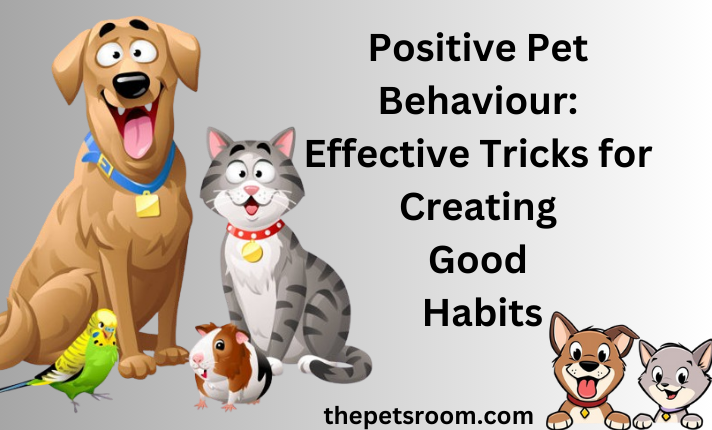
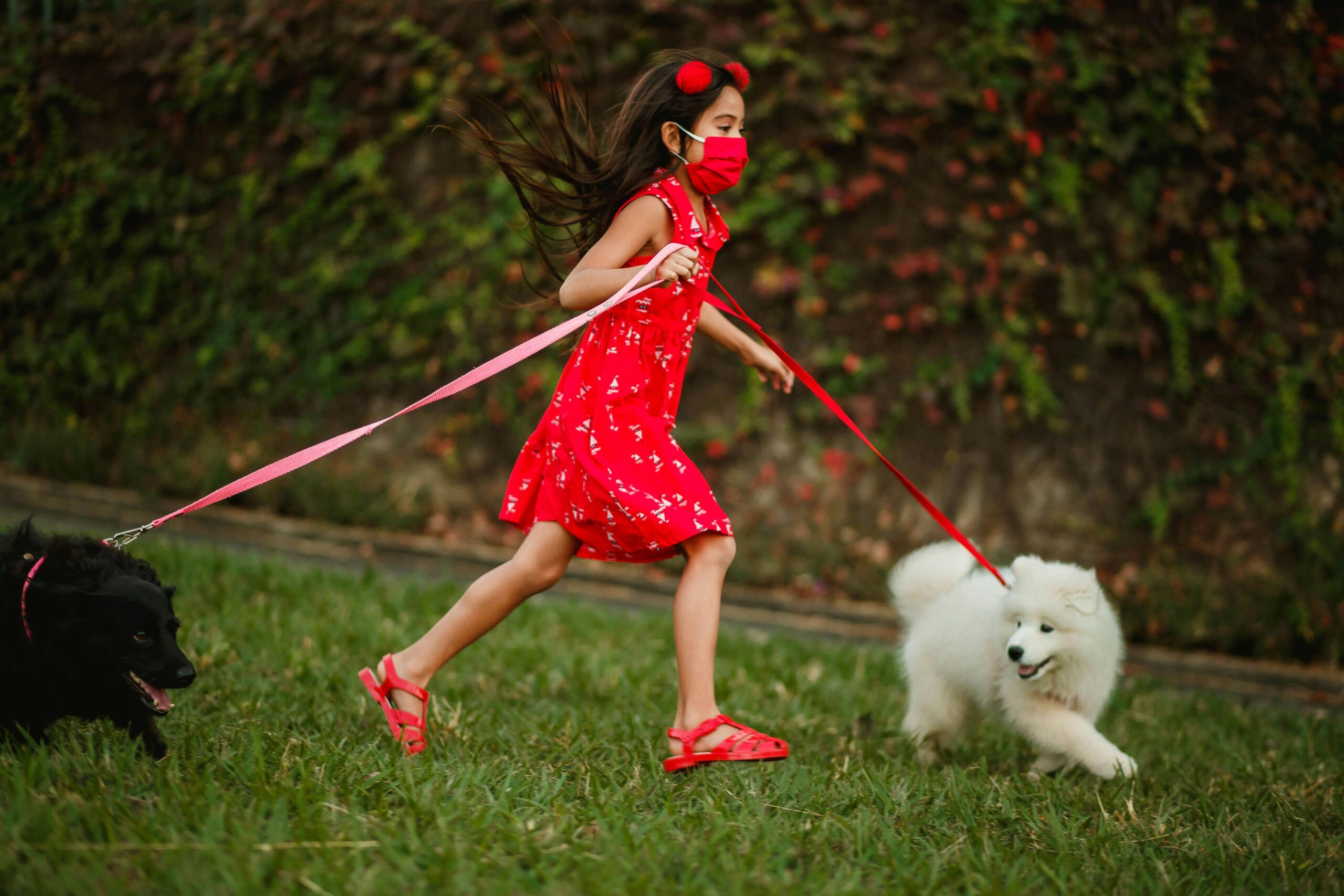
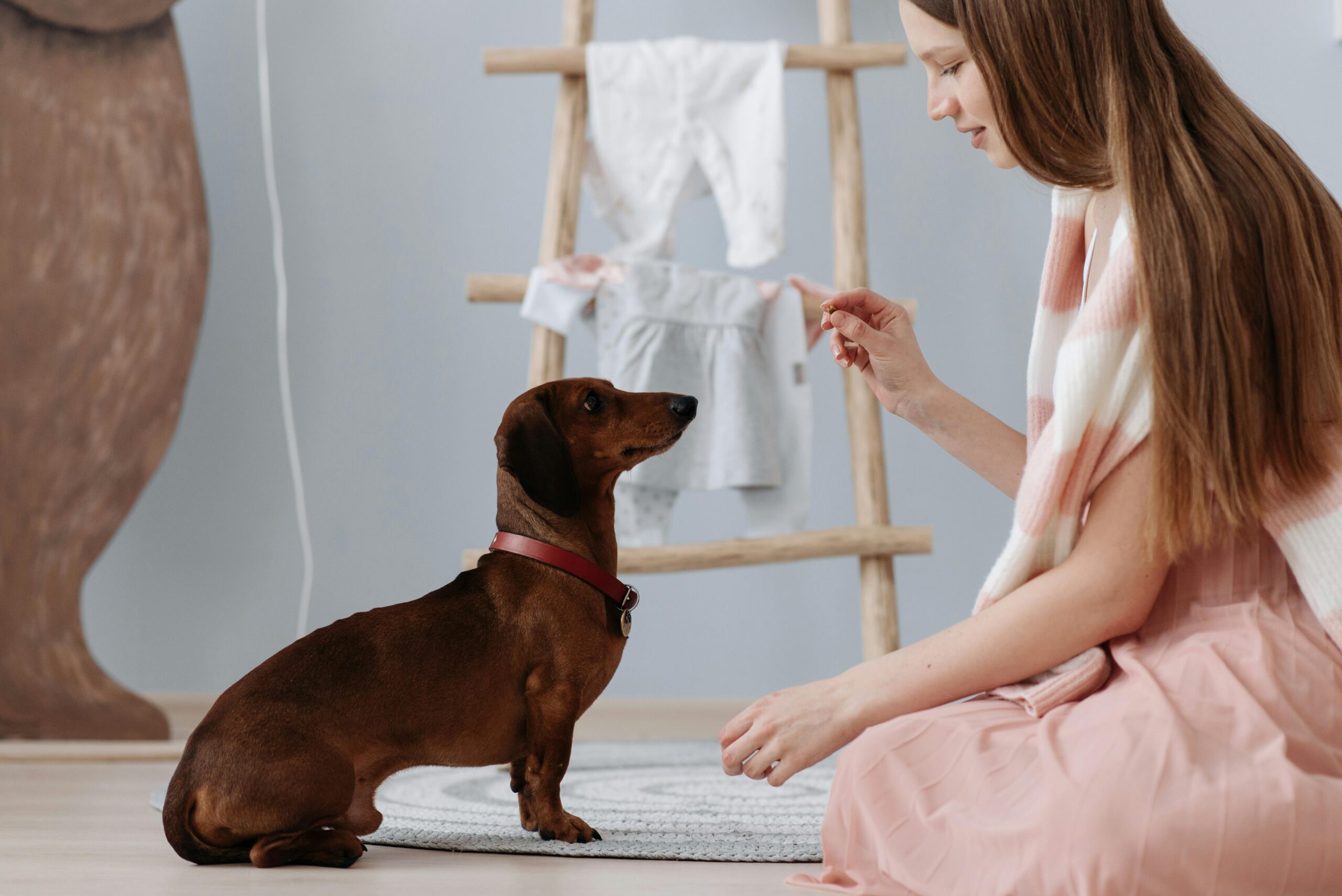
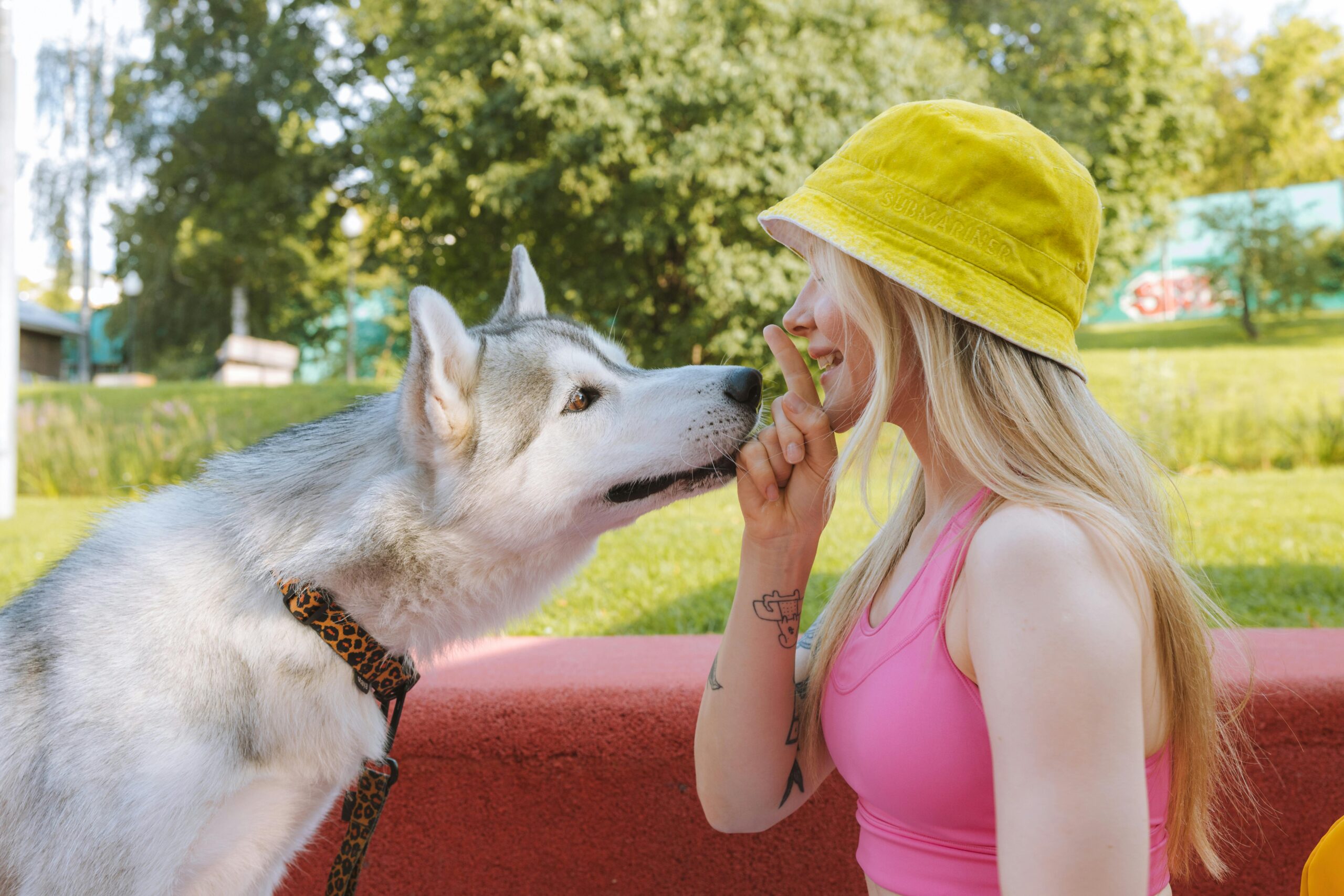
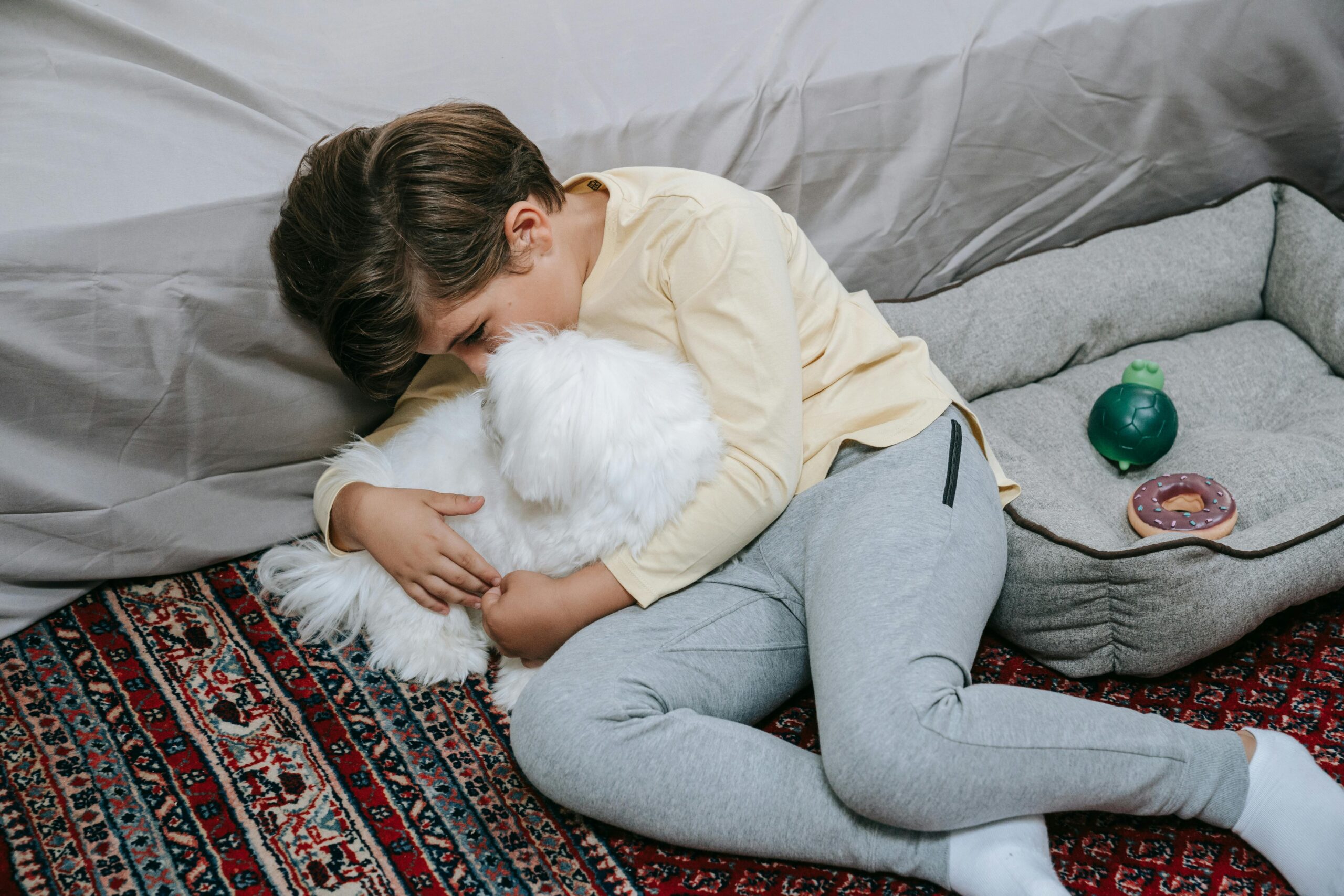
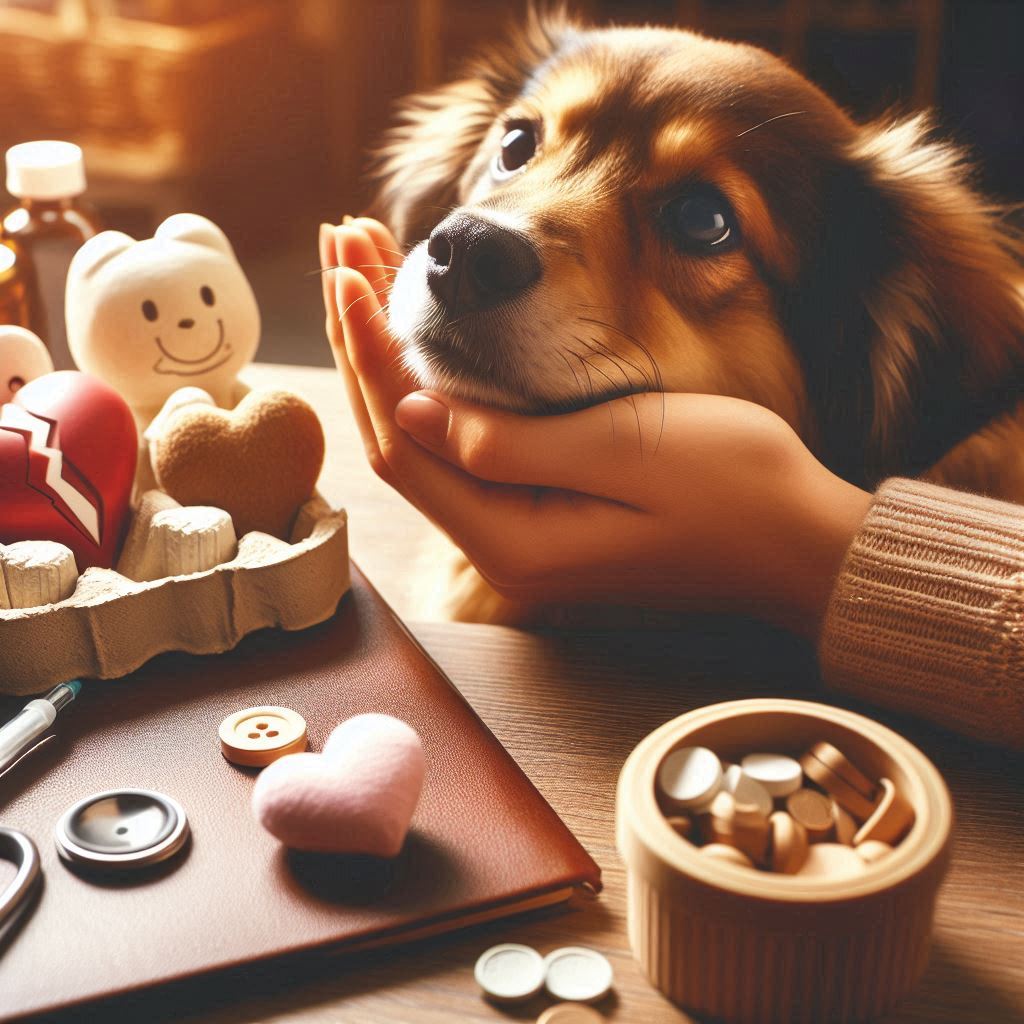



Wonderful web site Lots of useful info here Im sending it to a few friends ans additionally sharing in delicious And obviously thanks to your effort
Mygreat learning This was beautiful Admin. Thank you for your reflections.
Simplywall Great information shared.. really enjoyed reading this post thank you author for sharing this post .. appreciated